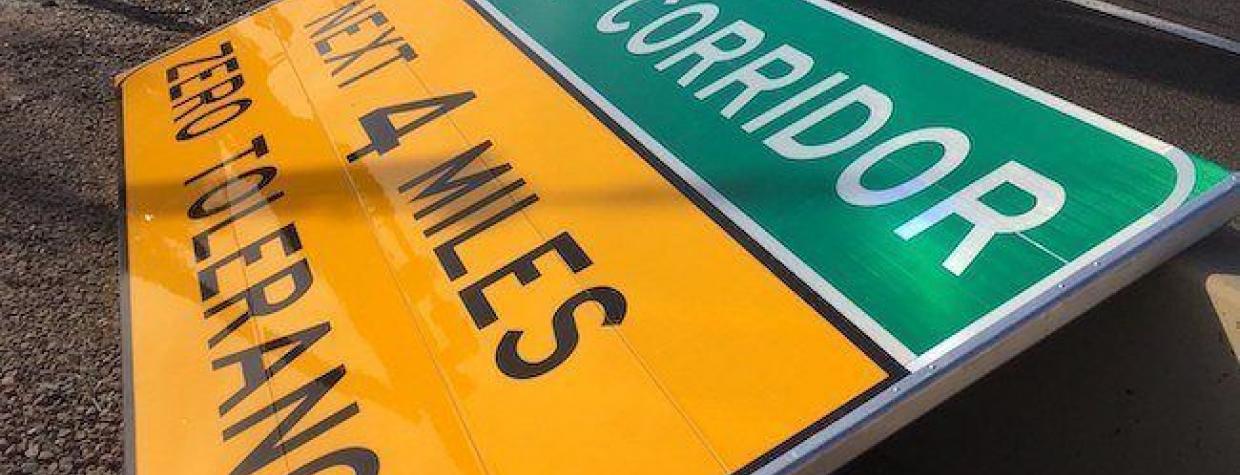The Arizona Department of Transportation took two steps recently to make the state's highways a bit safer.
This month, ADOT began creating four "safety corridors" along busy stretches of freeways in Arizona. The corridors — intended to reduce crashes, severe injuries and deaths on the freeways — feature an increased law-enforcement presence and strict enforcement of driving laws, ADOT said in a news release.
"These segments were selected because they have higher-than-average instances of speeding, aggressive driving, impaired driving and lack of seat belt use," said Brent Cain, an ADOT official. "Those are the leading factors in traffic deaths, and decreasing their occurrence makes the roads safer for everyone."
Signs alert motorists to the corridors' locations and also indicate that there will be zero tolerance for violations. ADOT created the corridors in conjunction with the Arizona Department of Public Safety and the Governor's Office of Highway Safety.
The corridors are a 4-mile stretch of Interstate 10 between Interstate 17 and Loop 202/State Route 51 in Phoenix; a 23-mile segment of I-10 from the Santan Freeway stretch of Loop 202 to State Route 187 southeast of Phoenix; 13 miles of U.S. Route 60 between the Price Freeway stretch of Loop 101 and Loop 202; and a 23-mile portion of Interstate 40 between Kingman and U.S. Route 93.
Also this month, ADOT warned visitors to Arizona's high country about the dangers of pulling over on highways to play in the snow. That's often a problem on U.S. Route 180 northwest of Flagstaff; the highway passes several snow play areas that often overflow with vehicles.
Pulling over on a highway is dangerous for a number of reasons, ADOT says. Other drivers may be distracted or may compound the problem by pulling over themselves. The pulled-over vehicles can interfere with first responders who need to use the shoulder, or with plows trying to clear the road of snow and ice. And re-entering the highway from the shoulder isn't as safe as via an on-ramp or other designated entrance.
Always park in designated areas, the department says, adding that anyone heading into a snowy area should be sure to take warm clothing and blankets, a fully charged mobile phone and charger, a flashlight with extra batteries, food and water, a first aid kit and necessary medications. To learn more, visit www.azdot.gov/knowsnow.

